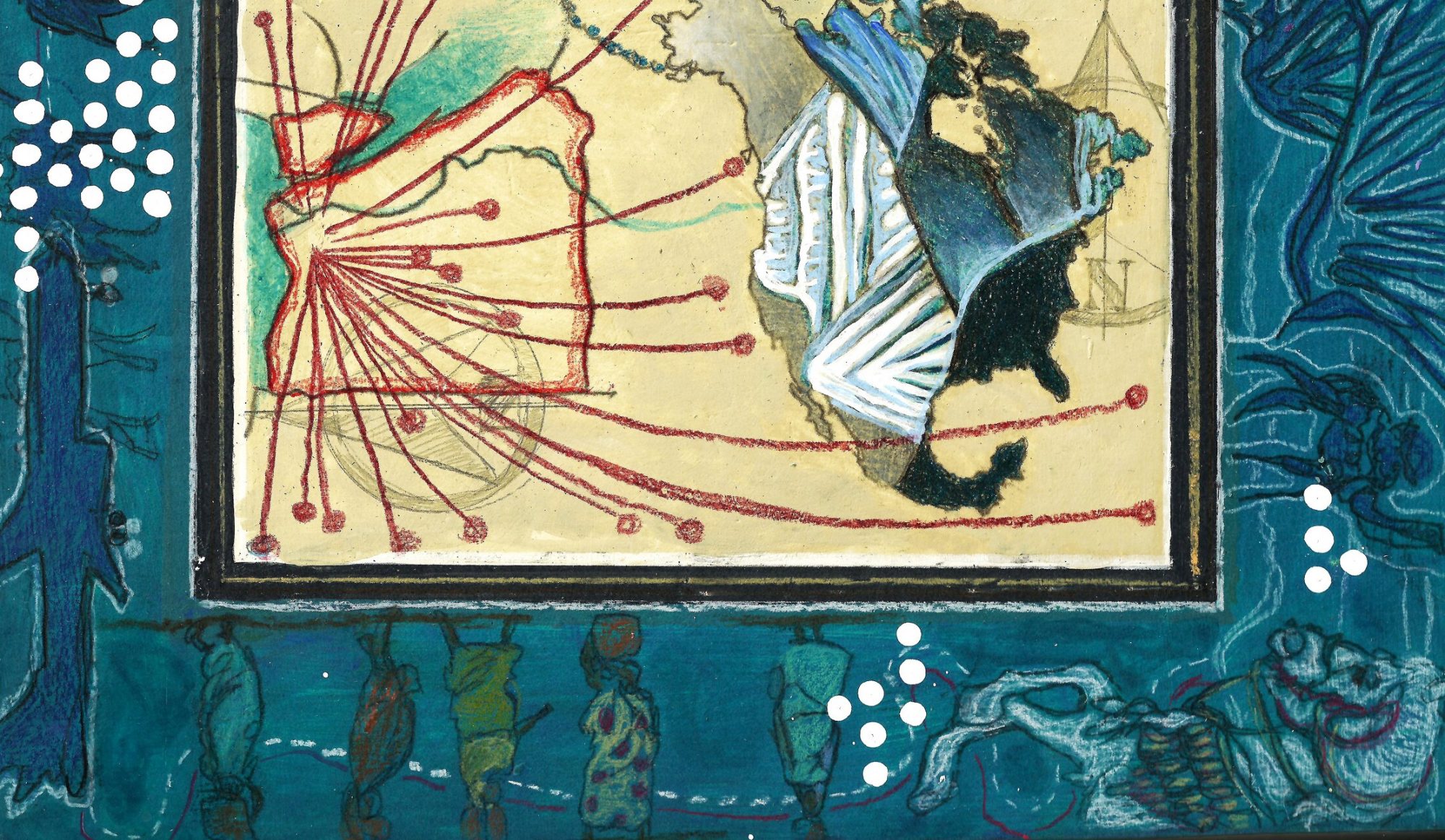UNDOCUMENTED is a series of paintings of specific artifacts from the Victoria & Albert Museum collections, more specifically, objects whose records and provenance documentation are missing or incomplete. Displaced from various places of origin, these objects have been re-organized in Western institutions in ill-fitting categories without social & historical context. UNDOCUMENTED stylistically references the miniature painting traditions of the Middle East and South Asia to elevate and re-situate these artifacts in contemporary social contexts outside the museum.
The specific information that is lost or erased from museum records is relevant, too: it is rare for the makers of typically gendered forms of production (such as pottery or embroidery) to be remembered, so the ‘Maker: Unknown’ field becomes a memorial of sorts to under-recognized art forms and all their unrecognized creators.
These paintings are currently being shown in Shiraz Food Market as part of (Chinatown) Remixed, an annual Ottawa art festival that places local artists’ work in community spaces. Shiraz is a particularly rich site of meaning for these de-contextualized and re-contextualized objects. Among the tea, dates, and nuts, they become again what they were once meant to be: objects that enact spirituality through their use and creation, objects that enable meditative creation through practiced forms of making.
These paintings will be shown until October 16th (at the earliest) Shiraz Grocery is at 725 Somerset street W.





